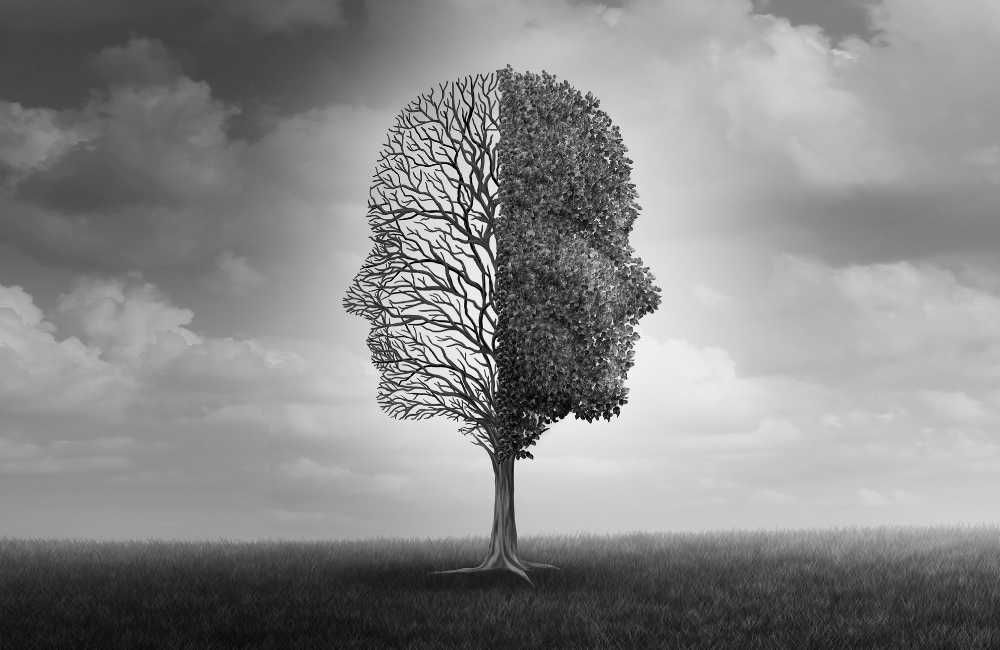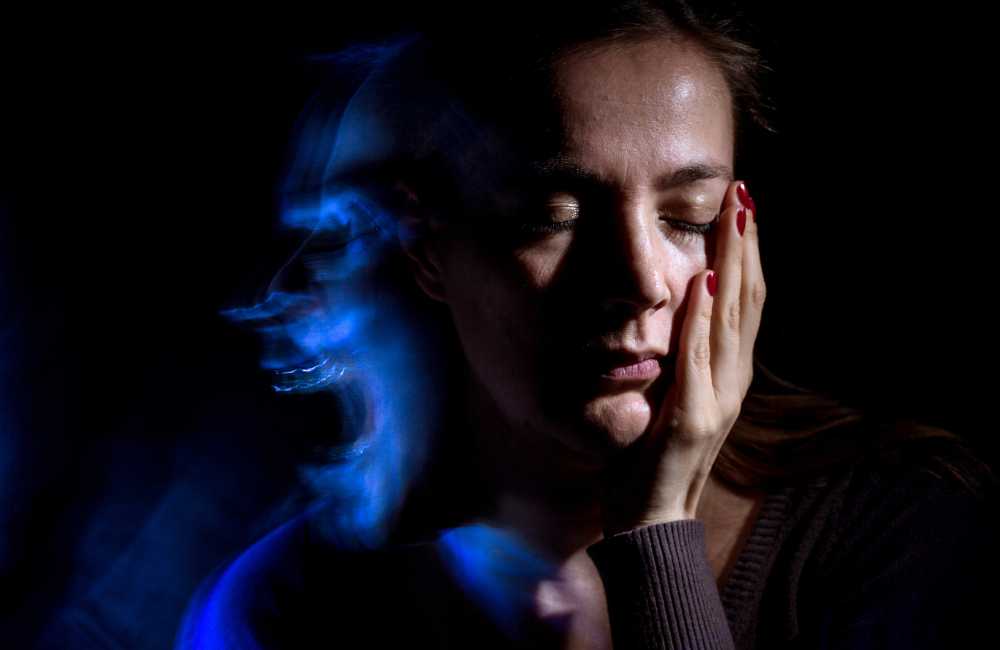Acute stress disorder can develop as a result of painful recollections even brief ones. Stress is the result of a conscious or unconscious feeling or thought resulting from a traumatic event or pressure placed upon a person mentally or physically that seems to have overwhelmed their physical or mental capabilities.
Stress on its own, is not a mental disorder and the way it is experienced is very unique and particular to individuals. There are 3 types of stress viz
- Acute Stress
This is as a result of recent influences that have caused a person to feel overwhelmed.
- Episodic stress
This results from frequent episodes of acute stress.
- Chronic stress
This is a result of prolonged, frequent battles with anxiety, fear, and foreboding.
Traumatic events can cause the sudden development of acute stress disorder (ASD), which presents a cluster of symptoms like anxiety and avoidance. Other stress-related illnesses include post-traumatic stress disorder (PTSD) and obsessive-compulsive disorder (OCD).
What is Acute Stress Disorder (ASD)?
Acute stress disorder (ASD) is a mental health condition that results after a brief period of intrusive recollections (involving recurring painful memories, thoughts, and nightmares connected to a traumatic event – flashbacks, dissociative experiences, and feelings of recurring events) occurring within 4 weeks of witnessing or experiencing the overwhelming traumatic event.
People with acute stress disorder have been exposed to a terrifying event directly or indirectly.
-
Directly
Direct exposure may involve experiencing serious injury, violence, or the threat of death.
-
Indirect
Indirect exposure may involve witnessing events happening to others or learning of events that occurred to close family members or friends.
People mentally re-experience the traumatic event, avoid things that remind them of it, and have increased anxiety. If symptoms persist longer than a month, the patient is diagnosed as having a post-traumatic stress disorder (PTSD).

What is the Difference Between Acute Stress Disorder (ASD) and Post Traumatic Stress Disorder (PTSD)?
Posttraumatic stress disorder (PTSD) is recurring, intrusive recollections of an overwhelming traumatic event recollection that last more than a month and begins within 6 months of the event.
ASD typically begins immediately after the trauma and lasts from 3 days to 1 month while PTSD can be a continuing ASD or may manifest up to 6 months after the trauma and lasts for more than a month.
Causes of Acute Stress Disorder
One develops Acute stress disorder (ASD) when s/he goes through, sees or learns about an event involving actual or threatened death, serious injury or sexual violation.
- Stressful experiences.
- Inherited mental health risks, such as a family history of anxiety and depression.
- Inherited features of your personality — often called your temperament.
- The way the brain regulates the chemicals and hormones the body releases in response to stress.
Symptoms of Acute Stress Disorder
The Symptoms of ASD can be sub divided into the following viz:
-
Intrusion symptoms
Intrusive symptoms are usually recurrent events, such as memories, nightmares, or flashbacks. They remind one of the traumatic events or makes one feel as though s/he is repeatedly re-experiencing the event thus causing intense distress. e.g.
-
- Distressing memories of the traumatic event.
- Bad dreams or nightmares related to the event.
- Dissociative reactions or flashbacks as if the event was recurring.
- Intense psychological or physiological distress when exposed to cues that resemble or symbolize the event.
-
Avoidance symptoms
Wanting to avoid anything that reminds one of a traumatic event Avoidance symptoms occur when there’s an effort to avoid distressing triggers that remind one of the traumatic stressor e.g.
-
- Avoiding distressing memories, thoughts, or feelings about the traumatic event.
- Avoiding external cues that are closely associated with the traumatic event.
For example, one may want to avoid the location of the traumatic event. Survivors of car accidents may want to avoid driving past the place where the accident occurred. People grieving a late loved one may seek to avoid their home or workplace.
-
Negative effects on cognition and/or mood
-
- Inability to remember important aspects of the traumatic event.
- Distorted thinking about the causes and or consequences of the trauma (e.g., that they are to blame or could have avoided the event by certain actions).
- A decrease in positive emotions and an increase in negative emotions (fear, guilt, sadness, shame, confusion), general lack of interest, social withdrawal, a subjective sense of feeling numb, and a foreshortened expectation of the future (e.g., thinking one may not live up to a certain age.
-
Altered arousal and/or reactivity
-
- Jitteriness.
- Hyper vigilance.
- Exaggerated startle response.
- Difficulty relaxing.
- Difficulty concentrating.
- Disrupted sleep (sometimes with frequent nightmares).
- Aggressive or reckless behavior.
-
Dissociative symptoms
Dissociative symptoms involve a temporary detachment from reality. When this happens, one may feel that the reality isn’t real. Dissociative symptoms can be either derealization or depersonalization:
-
- Derealization
In derealization, ones environment and surroundings may seem strange or unreal to him or her. There is feeling of detachment from external reality.
-
- Depersonalization
In depersonalization, ones thoughts and emotions seem unreal as though they belong to someone else. One feels detached from self.
Dissociative symptoms also include:
-
- Dissociative amnesia.
- Memory loss of the traumatic event. One may forget important aspects of the stressor not due to other factors that impair memory, such as a head injury or substance use.
Diagnosis of Acute Stress Disorder
Diagnosis of ASD is basically by clinical evaluation and is based on history of exposure to severely frightening and horrifying trauma followed by re-experiencing, emotional numbing, and hyper arousal. These symptoms must be severe enough to cause impairment or distress and lasting more than 3 days and less than a month is considered ASD.

In addition, the patient also must have had at least 9 of the following symptoms for 3 days up to 1 month:
- Recurring, uncontrollable, and intrusive distressing memories of the event.
- Recurring distressing dreams of the event.
- Feelings that the traumatic event is recurring—for example, in flashbacks.
- Intense psychological or physical distress when reminded of the event (for example, by entering a similar location, or by sounds similar to those heard during the event).
- A persistent inability to experience positive emotions (such as happiness, satisfaction, or loving feelings).
- An altered sense of reality (for example, feeling in a daze or as if time has slowed).
- Memory loss for an important part of the traumatic event.
- Efforts to avoid distressing memories, thoughts, or feelings associated with the event.
- Efforts to avoid external reminders (people, places, conversations, activities, objects, and situations) associated with the event.
- Disturbed sleep.
- Irritability or angry outbursts.
- Excessive attention to the possibility of danger (hyper vigilance).
- Difficulty concentrating.
- An exaggerated response to loud noises, sudden movements, or other stimuli (startle response).
Treatment for Acute Stress Disorder
The treatment of ASD can be either self-care or Supportive.
-
Self-care
Self-care is crucial during and after a crisis or trauma. Self-care can be divided into 3 components:
-
- Personal safety
Personal safety is fundamental. After a single traumatic episode, people are better able to process the experience when they know that they and their loved ones are safe. It can be difficult, however, to gain complete safety during ongoing crises such as domestic abuse, war, or an infectious pandemic.
-
- Physical health
Physical Health can be put at risk during and after traumatic experiences. A healthy schedule should be maintained e.g. of eating, sleeping, and exercise.
-
- Mindfulness
Reduces the feelings of stress, boredom, anger, sadness, and isolation that traumatized people normally experience. If circumstances allow, at-risk individuals should make and follow a daily normal daily schedule, for example, get up, shower, get dressed, go outside and take a walk, and prepare and eat regular meals
-
Supportive measures
-
- Cognitive behavioral therapy (CBT)
This is usually recommended as a first line treatment for people with ASD. Cognitive behavioral therapy (CBT) involves working with a trained mental health professional to develop effective coping strategies.
-
- Medications
Antidepressants or anticonvulsants may be prescribed to help treat a person’s symptoms.
Complications
Acute stress disorder can disrupt ones whole life ― job, relationships, health and enjoyment of everyday activities.
This also increases ones risk of other mental health problems, such as:
- Post traumatic stress disorder (PTSD).
- Depression and anxiety.
- Issues with drugs or alcohol use.
- Eating disorders.
- Suicidal thoughts and actions.
Conclusion
Getting timely help and support may prevent acute stress disorder (ASD) from getting worse and developing into PTSD. This may mean turning to family and friends who will listen and offer comfort. It may mean seeking out a mental health professional for a brief course of therapy. Some people may also find it helpful to turn to their faith community.

